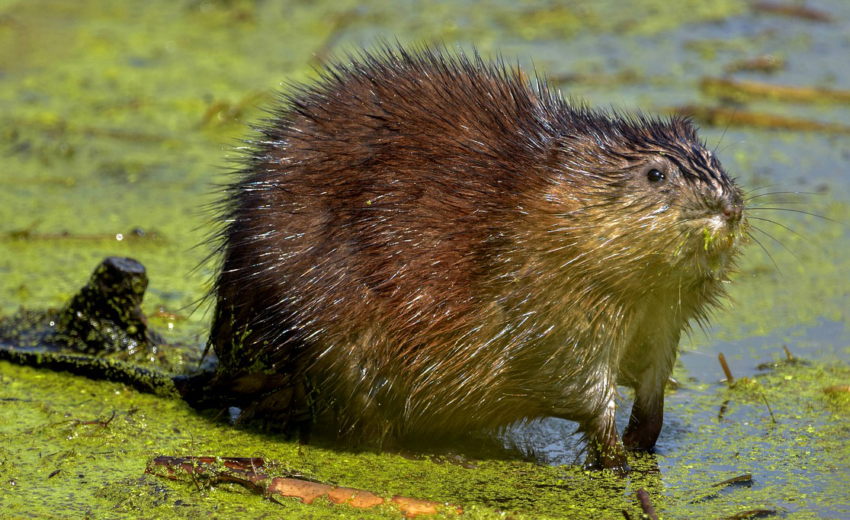The muskrat, aka musk-beaver, is a semi-aquatic rodent native to North America & Mexico and introduced to Asia, Europe, and South America. They prefer wetlands, marshes, ponds, lakes
- Zoology
- Daily Critter Facts
- For Teachers
- Study Guides
- Diseases & Parasites
- Contact
- Zoology
- Daily Critter Facts
- For Teachers
- Study Guides
- Diseases & Parasites
- Contact

